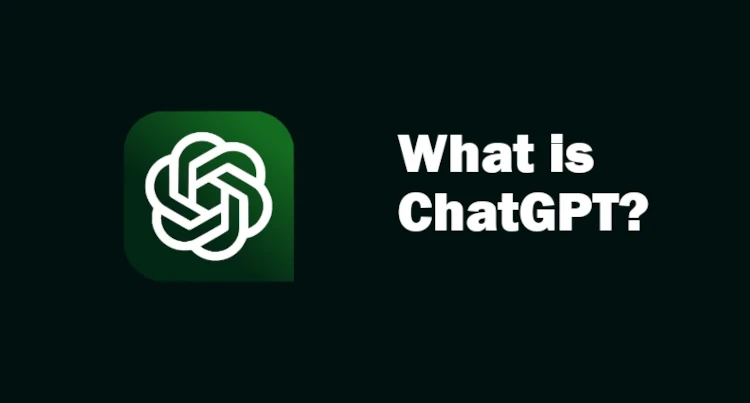Table of Contents
The GPT-3.5 architecture is an advanced artificial intelligence model developed by OpenAI that has taken the AI world by storm. It is a neural network-based language model that has been trained on a massive amount of data, making it one of the largest language models ever created.
The GPT-3.5 architecture is based on a transformer neural network, a type of deep learning model that has revolutionized the field of natural language processing (NLP). The transformer model consists of a series of encoder and decoder layers, which are trained on large amounts of data to learn the underlying patterns in language.
The GPT-3.5 architecture is capable of performing a wide range of language tasks, including language translation, text completion, and question answering. It has been trained on a diverse range of language tasks, allowing it to develop a deep understanding of the complexities of human communication.
One of the key advantages of the GPT-3.5 architecture is its ability to perform multiple language tasks with high accuracy. This makes it an ideal solution for companies that need to process large amounts of text data and extract meaningful insights from it.
The GPT-3.5 architecture has numerous applications in the field of AI, including natural language processing, text generation, and language translation. It can also be used to create chatbots, virtual assistants, and other AI-powered systems that rely on natural language communication.
In summary, the GPT-3.5 architecture is an impressive AI model that has been developed by OpenAI. It is a neural network-based language model that has been trained on a massive amount of data, allowing it to develop a deep understanding of the complexities of human communication. The GPT-3.5 architecture has numerous applications in the field of AI, including natural language processing, text generation, and language translation, making it an ideal solution for companies that need to process large amounts of text data and extract meaningful insights from it.
The Groundwork Concepts for GPT Models:
Transformers:
Transformers are a type of neural network architecture that has revolutionized natural language processing (NLP). Introduced in 2017, transformers are designed to handle long-range dependencies in text more effectively than traditional RNNs and LSTMs. They use a mechanism called self-attention to weigh the importance of different words in a sentence or text.
The Definition of a GPT Model:
A GPT (Generative Pre-trained Transformer) model is a type of large-scale language model that utilizes transformers for improved natural language processing performance. GPT models are pre-trained on massive amounts of text data and fine-tuned for specific tasks. They are capable of generating coherent and contextually relevant text and can perform a wide range of NLP tasks, such as translation, question-answering, and summarization. GPT-3.5 is the latest iteration of this model family, offering even greater capabilities and versatility.
Language Models:
Language models are AI models that learn to predict the next word in a sequence based on the words that have come before. They are trained on large amounts of text data and can generate coherent and contextually relevant sentences. GPT models are a type of language model that utilize transformers for improved performance.
Generative Models:
Generative models are a class of machine learning models that aim to generate new data samples that resemble the training data. In the context of NLP, generative models can produce new text based on the patterns and structure they have learned from the training data.
Semi-Supervised Learning:
Semi-supervised learning is a machine learning approach that combines both labeled and unlabeled data for training. This method allows models like GPT-3.5 to take advantage of the vast amounts of unlabeled text data available on the internet, enabling them to learn more complex patterns and relationships in language.
Zero/One/Few-Shot Learning:
Zero-shot learning refers to a model’s ability to generalize and perform tasks it has not been explicitly trained for. One-shot learning refers to learning from just one example, while few-shot learning involves learning from a limited number of examples. GPT-3.5 demonstrates impressive zero, one, and few-shot learning capabilities due to its extensive pre-training and multitask learning.
Multitask Learning:
Multitask learning is an approach in which a single model is trained to perform multiple tasks simultaneously. This method allows the model to share knowledge and representations between tasks, resulting in better generalization and performance. GPT-3.5 is an example of a multitask learning model, as it is trained on a variety of NLP tasks.
Zero/One/Few-Shot Task Transfer:
This concept refers to the ability of a model, like GPT-3.5, to transfer its knowledge from one task to another with little or no additional training. This ability is a result of the model’s extensive pre-training, multitask learning, and the advanced techniques used in its development.
Conclusion
The GPT-3.5 architecture is a cutting-edge AI model that has taken the field of natural language processing to the next level. With its ability to learn from massive amounts of data and perform a wide range of language tasks, it has the potential to revolutionize the way we communicate with machines.
As AI continues to evolve, we can expect to see even more advanced language models like the GPT-3.5 architecture emerge. But for now, the GPT-3.5 is a remarkable achievement that demonstrates the power of deep learning and neural networks.






